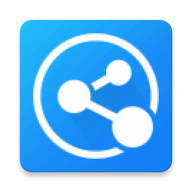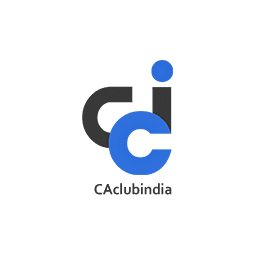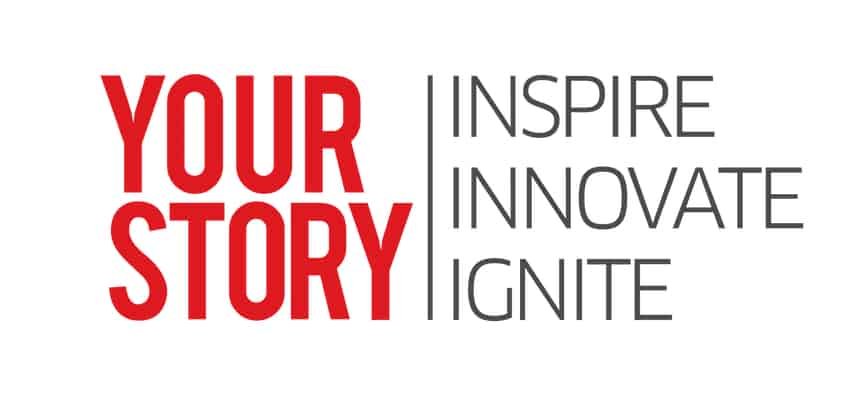The Intersection of Artificial Intelligence and Intellectual Property
The rapid growth of artificial intelligence has led to the creation of AI-generated creative works, such as music, art, literature, and designs. This has raised important questions about the intersection of artificial intelligence and intellectual property. How do we determine authorship and ownership of AI-generated works? What are the implications of AI-generated works on traditional notions of creativity, originality, and innovation? As we navigate this uncharted territory, it's essential to explore the challenges and opportunities that arise from the intersection of AI and intellectual property.
The concept of artificial intelligence generating creative works is not new. However, the recent advancements in AI technology have made it possible for machines to create complex and sophisticated works that are often indistinguishable from those created by humans. This has led to a growing interest in the potential applications of AI-generated creative works, from music and art to literature and design. But as we delve deeper into the world of AI-generated creative works, we must also consider the intellectual property implications. As "the use of AI in creative fields is becoming increasingly prevalent, and it's essential to consider the potential impact on intellectual property laws and regulations," says Dr. Joanna Bryson, a leading expert in AI and ethics.
The Challenges of AI-Generated Creative Works
One of the primary challenges of AI-generated creative works is determining authorship and ownership. When a machine creates a work, who owns the rights to that work? Is it the creator of the AI algorithm, the person who input the data, or the machine itself? These questions are not easily answered, and they highlight the need for new forms of intellectual property protection. As "the current intellectual property laws are not equipped to handle the complexities of AI-generated creative works," says Professor Ryan Abbott, a leading expert in intellectual property law. We need to consider new approaches to intellectual property protection, such as "AI-specific" trademarks or copyrights, to ensure that creators and owners of AI-generated works are protected.
The challenges of AI-generated creative works also extend to the potential implications on traditional notions of creativity, originality, and innovation. When machines can create complex and sophisticated works, what does it mean to be creative or original? Do we need to redefine our understanding of these concepts, or do we need to find new ways to measure and evaluate creativity and originality? These are important questions that require careful consideration and debate. For instance, the "Next Rembrandt" project, which used AI to create a new painting in the style of Rembrandt, raised questions about the role of human creativity in the artistic process. As we navigate this uncharted territory, we must be open to new ideas and perspectives, and we must be willing to challenge our assumptions about what it means to be creative or original.

Navigating the Uncharted Territory
So, how do we navigate the uncharted territory of AI-generated creative works? One approach is to establish guidelines and best practices for the creation and use of AI-generated works. This could involve collaborative efforts between creators, AI developers, and intellectual property experts to develop new standards and protocols for AI-generated creative works. For example, the use of blockchain technology could help verify ownership and provenance of AI-generated works, providing a secure and transparent way to track the creation and distribution of these works. As we move forward, it's essential to prioritize transparency, accountability, and fairness in the creation and use of AI-generated creative works.
In addition to establishing guidelines and best practices, we also need to consider the potential benefits and drawbacks of AI-generated creative works. On the one hand, AI-generated works could provide new opportunities for creators and innovators, enabling them to produce high-quality works more efficiently and effectively. On the other hand, AI-generated works could also raise concerns about job displacement, cultural homogenization, and the potential loss of human creativity and originality. To illustrate this point, consider the following:
- AI-generated music could revolutionize the music industry, enabling artists to create new and innovative sounds more quickly and easily.
- AI-generated art could provide new opportunities for artists to experiment with new styles and techniques, pushing the boundaries of human creativity.
- AI-generated literature could enable writers to generate new ideas and stories more efficiently, potentially leading to a new era of literary innovation.
However, we must also consider the potential risks and challenges associated with AI-generated creative works, and we must work to mitigate these risks through careful planning, collaboration, and regulation.
Gaming the System
As we explore the intersection of artificial intelligence and intellectual property, it's interesting to consider how these concepts can be applied to other areas of entertainment, such as gaming. The idea of creating complex and sophisticated systems that can generate unique experiences is not limited to AI-generated creative works. In fact, this concept is also relevant to the world of online gaming, where algorithms are used to create random and exciting outcomes. For example, playing a game like Burning Slots Cash Mesh Ultra Dice slot (BF Games) can be a great way to experience the thrill of uncertainty and the satisfaction of winning. By leveraging advanced algorithms and machine learning techniques, game developers can create immersive and engaging experiences that keep players coming back for more. Whether it's AI-generated art or a randomly generated gaming outcome, the use of complex systems to create unique experiences is an exciting and rapidly evolving field.
The Future of AI-Generated Creative Works
As we look to the future of AI-generated creative works, it's clear that this technology has the potential to transform the way we create, innovate, and interact with each other. But it's also important to recognize the challenges and complexities that arise from the intersection of AI and intellectual property. By working together to establish guidelines and best practices, and by prioritizing transparency, accountability, and fairness, we can ensure that AI-generated creative works are used in ways that benefit society as a whole. As "the future of AI-generated creative works is full of possibilities, but it's also full of challenges and uncertainties," says Dr. Stuart Russell, a leading expert in AI and machine learning. We must be prepared to navigate this uncharted territory with caution, creativity, and a commitment to responsible innovation.
The intersection of artificial intelligence and intellectual property is a complex and rapidly evolving field, and it's essential to stay up-to-date with the latest developments and advancements. As we move forward, we must be open to new ideas and perspectives, and we must be willing to challenge our assumptions about what it means to be creative or original. By doing so, we can ensure that AI-generated creative works are used in ways that promote innovation, creativity, and progress, while also protecting the rights and interests of creators and owners. The future of AI-generated creative works is uncertain, but one thing is clear: it will be shaped by the choices we make today, and it will require careful consideration, collaboration, and regulation to ensure that it benefits society as a whole.























